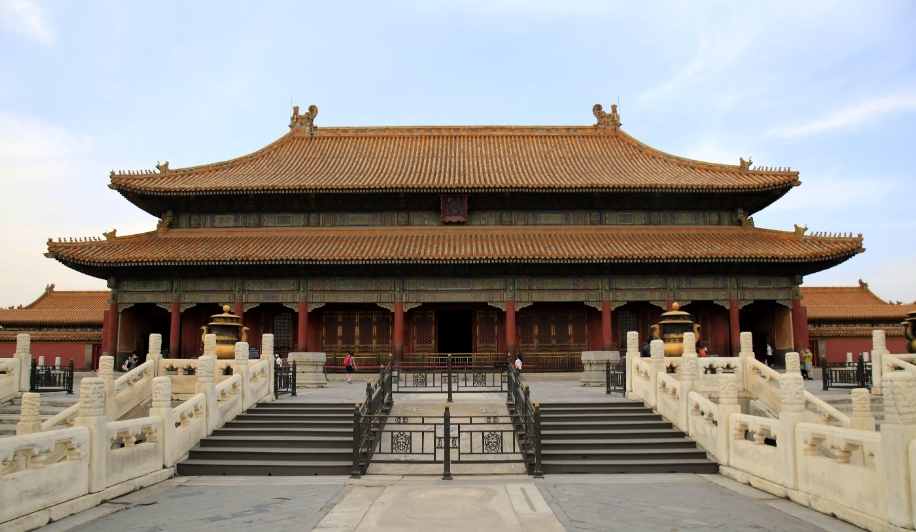
Here's an expanded article about the Forbidden City, addressing the misconception in your prompt:
The Forbidden City: A Jewel of Beijing, Not the City Itself
While Beijing is home to the magnificent historical complex known as the Forbidden City, it's important to clarify that the city itself doesn't bear that moniker. The Forbidden City, or 紫禁城 (Zǐjìnchéng) in Chinese, is a specific location within Beijing – a sprawling palace complex that served as the imperial palace for centuries.
A Legacy in Wood and Stone:
Constructed between 1406 and 1420, the Forbidden City stands as the world's largest ancient palace complex. Its name, "Forbidden City," speaks to its history as a place of restricted access. For 500 years, entry was forbidden to all but the emperor, his family, his concubines, and those who served them. This exclusivity cemented the palace's image as a place of immense power and mystery.
Architectural Marvel:
The Forbidden City's architectural design is a profound testament to Chinese traditional architecture. It meticulously follows principles of cosmic harmony and hierarchy. The complex encompasses 980 buildings with a staggering 8,700 rooms, all laid out in a rectangular shape along a perfect north-south axis. Brilliant yellow roofs – a symbol of imperial authority – dominate the landscape, while red walls enclose the vast courtyards, gates, and palaces within. The intricate details, from the carved stone railings to the painted beams and ceilings, showcase the highest level of craftsmanship of the era.
A UNESCO Treasure:
Recognizing its unparalleled historical and cultural significance, UNESCO designated the Forbidden City a World Heritage Site in 1987. The designation acknowledges the complex's status as an exceptional example of Chinese imperial palace architecture, reflecting the Ming and Qing dynasties' grandeur and architectural prowess.
Beyond the Walls:
Today, the Forbidden City, now known as the Palace Museum, welcomes visitors from around the globe. Stepping through its gates is to journey back in time, to walk in the footsteps of emperors and experience the splendor of a bygone era. The Palace Museum meticulously preserves a vast collection of artifacts, artworks, and historical documents, offering a glimpse into the lives and traditions of the imperial court.
Q&A:
- What does "Forbidden City" actually refer to?
-
The Forbidden City is the name given to the vast imperial palace complex located in the heart of Beijing.
-
Why is it called "Forbidden"?
-
For centuries, ordinary citizens were strictly prohibited from entering the palace grounds. Only the emperor, his family, his court, and servants had access.
-
Why is the Forbidden City important today?
- Now a museum, the Forbidden City preserves an invaluable collection of Chinese art and artifacts, offering a tangible connection to the country's imperial past and architectural mastery.
note: This return of all, without the author's permission, may not be reproduced